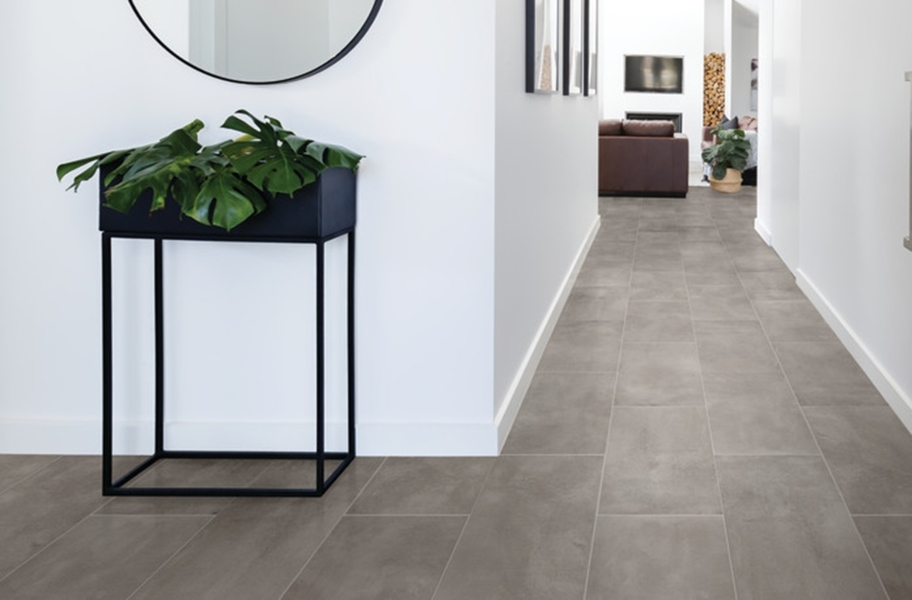tile flooring in Saint Paul, MN, will add beauty and value to your property. This classic flooring option goes with any interior design. Get the opulent appearance you want at a reasonable budget. They are happy to provide extremely low prices on a large choice of high-quality items, including the most recent tile lines. They can provide the tile flooring at reasonable pricing since they are part of the Flooring America network.
The tile is long-lasting
Take pleasure in the durability of tile. Tile is the most robust flooring type available, resistant to stains, scratches, and dampness. Porcelain is a long-lasting material. Porcelain’s density prevents it from absorbing water and makes it extremely hard to scratch. Slate tile blends well with the rest of the room’s decor, paint, and furnishings. Slate is a water- and stain-resistant material that may be used in interior and exterior spaces.
Make certain you’re using the correct tile
Not all tiles are made to be used as flooring. Grades 1 and 2 are durable enough for foot activity, while grade 3 tiles are too thin and intended for walls. It will immediately break if you lay grade 3 tile on your floor.
Make a hole in the wall
Temperature changes cause the walls of homes to slide somewhat. If the seam between your last row of tile and the wall is sealed, it adds pressure to the whole floor, cracking the tiles in the center when the wall moves. Allowing a little gap between the wall and the last row of tiles will prevent this and give the walls more flexibility.
Before walking, wait for the tile to set
The majority of tiling will not be adequately set for 48 to 72 hours. Walking on the floor too quickly can cause the tile to settle unevenly, which will certainly result in breaking later. If you don’t have a choice, talk to us about the best method to traverse a tile floor before it sets.
Examine your foundation
If you see cracks in your tile, it’s possible that the problem isn’t with the installation but with your foundation. The changing weight of your home might cause fractures in tile floors or walls if it was built on weak or expanding soil.
